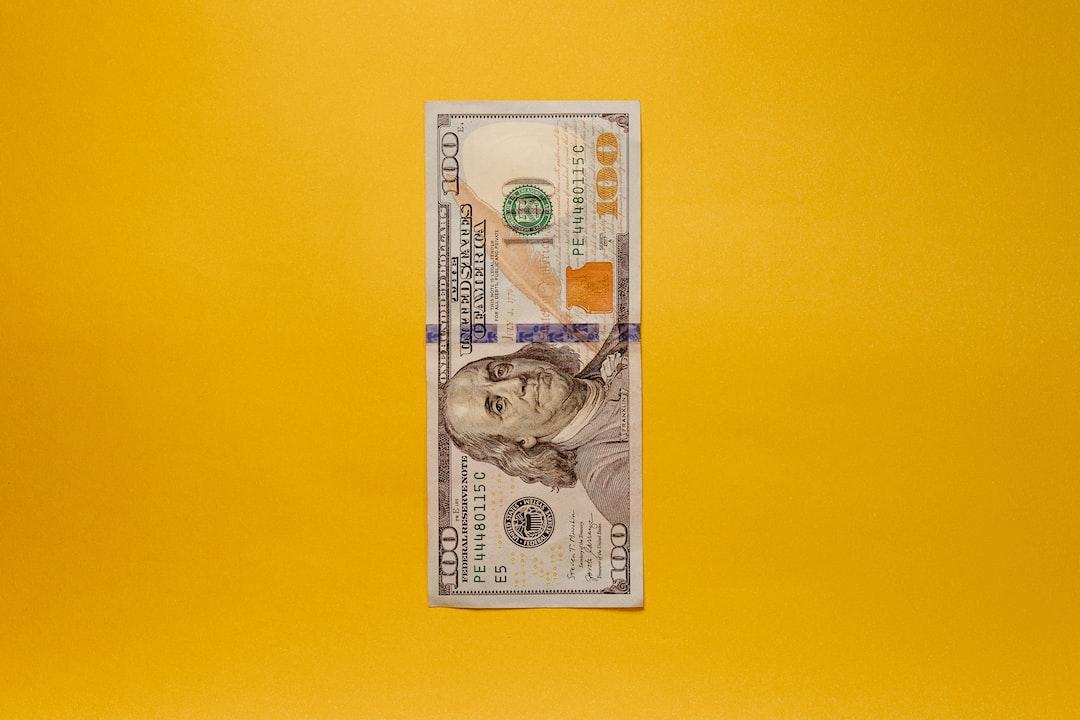Bitcoin Runes, a novel protocol for issuing fungible tokens on the Bitcoin network, is scheduled to go live alongside the Bitcoin halving later this week.
However, the true market potential for Runes may not materialize until several months after the initial wave of investor excitement subsides, according to an anonymous decentralized finance (DeFi) researcher known as Ignas. In an article posted on April 17, Ignas explained that Rune floor prices could experience a significant drop primarily because they do not immediately enhance the trading experience of BRC-20 tokens. Additionally, smaller traders may be deterred by the rising Bitcoin transaction fees.
Both Runes and BRC-20 tokens are new fungible token standards that aim to provide more utility for Bitcoin within the emerging Bitcoin decentralized finance (DeFi) paradigm, also known as BTCFi. Asset management giant Franklin Templeton has also acknowledged the emergence of Runes and other Bitcoin-native fungible token standards, such as Ordinals, in a research report published on April 3. The report highlighted that Bitcoin had surpassed 65 million Ordinal inscriptions by April 11, less than a year and three months after its launch in January 2023.
Ignas anticipates that hundreds of Runes will be introduced to the market, diluting trader attention and inflows into specific tokens. Combined with the lack of initial utility associated with Runes, these factors may lead to memecoin-like trading. However, Ignas remains optimistic about the long-term prospects of Runes.
Furthermore, Runes could have a positive impact on the development of Bitcoin layer-2 (L2) networks. Alongside Ordinal inscriptions, Runes could drive more activity to Bitcoin L2 networks, as the increasing Bitcoin network fees make smaller transactions less viable. Andre Serrano, the product and partnership manager at Stacks, stated that the Bitcoin L2 network Stacks is preparing to launch a trading solution for Runes, BRC-20s, and Ordinal inscriptions.
In related news, Bybit predicts that Bitcoin supply on exchanges will be depleted within nine months.

